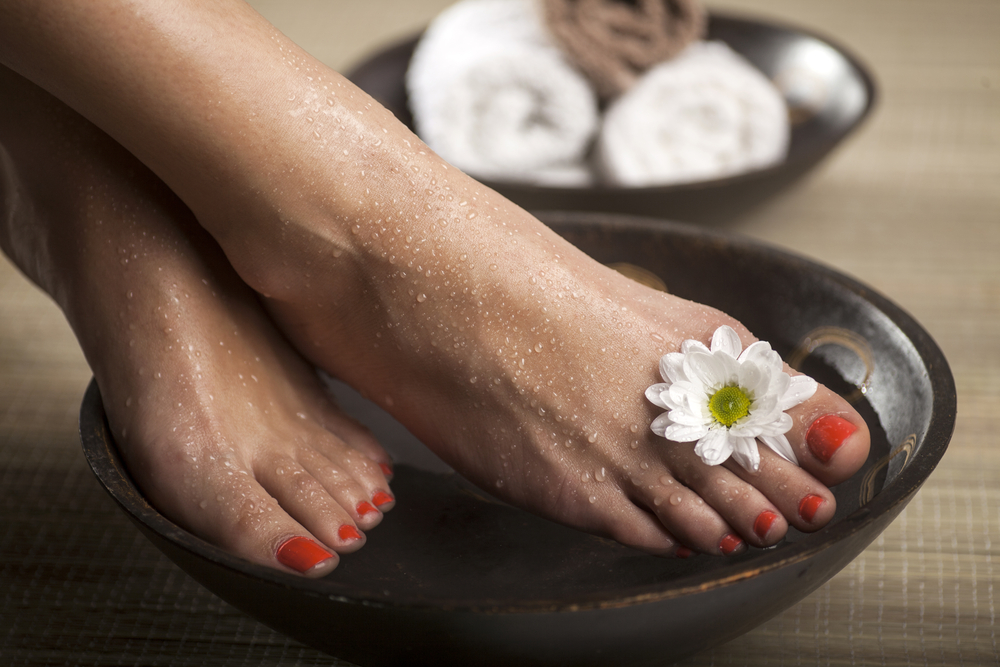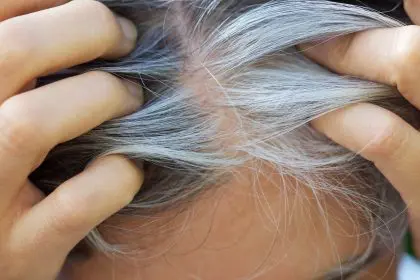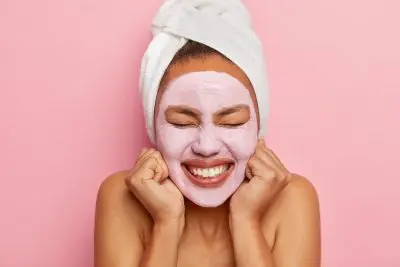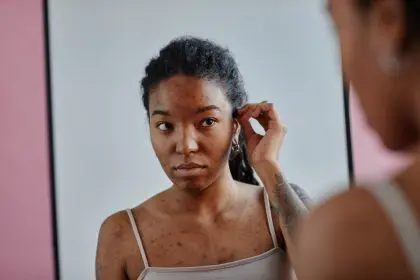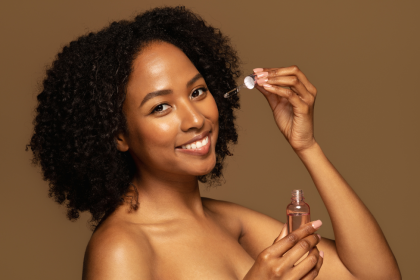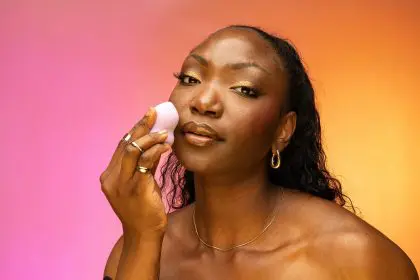Ever noticed how after a long, luxurious foot bath, it’s not just your feet that feel amazing? Something about your whole body seems more relaxed, and if you look in the mirror, your face might even have a certain glow to it. No, you’re not imagining things — there’s actually a fascinating connection between soaking your feet and the appearance of your skin, particularly your face. And once you understand it, you might start looking at that foot tub as an essential part of your beauty routine.
The ancient wisdom modern science is catching up to
Long before fancy facials and expensive serums, traditional medicine systems around the world recognized the connection between our feet and overall health. Chinese reflexology maps specific points on the feet to organs throughout the body. Ayurvedic practices include foot treatments as part of whole-body wellness. These traditions understood something that modern wellness science is finally acknowledging — our bodies function as interconnected systems, not isolated parts.
The feet contain thousands of nerve endings and multiple pressure points that correspond to different areas of the body. When you soak your feet, especially with added elements like salts, herbs, or essential oils, you’re not just affecting your feet. You’re potentially influencing circulation, stress levels, and detoxification pathways that can impact your entire body — including your face.
How foot baths kickstart your circulation
One of the most immediate ways foot baths affect your complexion is through improved circulation. Warm water naturally dilates blood vessels, allowing blood to flow more freely throughout your body. Since your feet are the farthest point from your heart, getting circulation moving there creates a domino effect that improves blood flow everywhere else.
Better circulation means more oxygen and nutrients delivered to skin cells all over your body, including your face. It also means more efficient removal of waste products that can make skin look dull. This circulatory boost explains the natural flush and glow many people notice after a good foot soak.
The temperature contrast if you alternate between warm and cool water — a technique called hydrotherapy — enhances this effect even further. This practice creates a pumping action in your blood vessels as they expand and contract, essentially giving your circulatory system a workout that benefits your skin from head to toe.
The stress-skin connection your dermatologist might not mention
Ever noticed how your skin breaks out or looks tired when you’re stressed? That’s no coincidence. Stress triggers a cascade of hormonal changes that can wreak havoc on your complexion. Cortisol, the primary stress hormone, can increase oil production, trigger inflammation, and break down collagen — none of which are good news for your face.
This is where foot baths come in as an unexpected beauty ally. Soaking your feet triggers the parasympathetic nervous system — your body’s rest-and-digest mode that counteracts stress responses. As tension melts away, stress hormone levels drop, creating an internal environment where skin can repair and rejuvenate rather than react and inflame.
The ritual aspect of a foot bath enhances this effect. Taking time for yourself, unplugging from devices, and focusing on a soothing sensory experience sends powerful signals to your brain that it’s safe to relax. Your skin responds accordingly, with reduced redness, less reactivity, and that coveted calm glow that no amount of highlighter can truly replicate.
The detox factor that affects your complexion
Your skin is one of your body’s major detoxification organs. When other elimination pathways get sluggish, toxins often try to exit through the skin instead, resulting in breakouts, dullness, or other complexion issues. Traditional practices have long used foot soaks with specific ingredients to support the body’s natural detoxification processes.
The feet, with their many sweat glands and porous skin, can be effective pathways for drawing out impurities. Epsom salt foot baths are particularly popular for this purpose, as the magnesium sulfate is believed to draw toxins from the body while simultaneously replenishing magnesium levels that support hundreds of biochemical reactions.
While the science on detoxification through feet is still evolving, many people report clearer skin after incorporating regular foot soaks into their routine. Whether this comes from direct detoxification or from improved circulation and relaxation that allows other detox organs to function better is still being researched, but the complexion benefits are hard to ignore.
The ripple effect of better sleep on your face
If you’ve ever looked in the mirror after a poor night’s sleep, you know that your face keeps score of your sleep quality. Dark circles, puffiness, dull tone, and even increased fine lines can all result from sleep deprivation. This is where an evening foot bath becomes a beauty power move.
Our body temperature naturally needs to drop slightly to initiate sleep. A warm foot bath before bed creates a helpful temperature contrast — as your feet warm up during the soak, blood flows to your extremities, cooling your core temperature slightly. After you get out of the bath, this cooling effect continues, signaling to your body that it’s time to sleep.
Better sleep means more time in those precious deep sleep stages where skin repair, collagen production, and cellular regeneration happen most effectively. Over time, the improved sleep quality from regular foot baths can transform your complexion, reducing signs of fatigue and enhancing your natural radiance.
Making foot baths work for your specific skin goals
Different ingredients can customize your foot bath for specific skin concerns:
- For dull skin that needs brightening, try adding sliced citrus fruits and ginger to your foot bath. The natural acids and circulation-boosting compounds can help enliven a tired complexion.
- To calm irritated, red, or sensitive skin, an oatmeal and lavender foot soak can help reduce systemic inflammation that might be contributing to skin reactivity.
- If breakouts are your concern, tea tree oil and apple cider vinegar in your foot bath may help balance pH levels throughout your body and support natural detoxification pathways.
- For aging skin that needs support, rosemary and frankincense essential oils in your foot soak can help improve circulation while providing antioxidant benefits.
The temperature and duration matter too. For a quick complexion boost before an event, a contrast bath with alternating warm and cool water can create an immediate glow. For deeper skin renewal benefits, a longer 20-30 minute soak at a comfortable warm temperature allows time for relaxation and detoxification effects to take hold.
Beyond the bath — making the glow last
To maximize the face-brightening benefits of your foot soaks, try pairing them with complementary practices. A gentle facial massage after your foot bath takes advantage of your improved circulation, helping to further reduce puffiness and enhance glow. Applying your skincare products immediately after a foot soak may improve their absorption due to your skin’s increased receptivity.
Consistency matters more than intensity. A simple 15-minute foot soak two or three times weekly will likely yield better complexion results than an elaborate but occasional ritual. Think of it as training your body’s systems to function optimally rather than a one-time quick fix.
The most powerful approach combines foot soaks with other healthy habits that support skin health from multiple angles. Stay hydrated, prioritize nutrition, protect your skin from excessive sun exposure, and manage stress in other ways as well.
Who knew that the path to a glowing complexion might start with your feet? This whole-body approach to skin health reflects a deeper truth about wellness — everything is connected, and sometimes the most effective beauty solutions are the ones that address the whole system, not just the surface.

